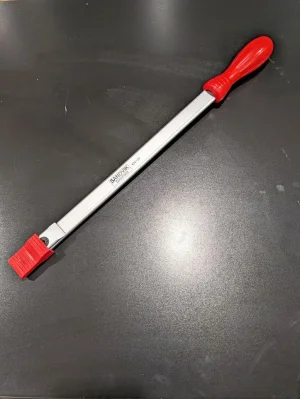opensourcefan
OSF
Hey all, I want to build a scraper to learn something new. Does anyone have any experience building one from Home Depot or a paint store odds and ends or something?
There must be a simple, inexpensive, quick way of getting going. If I find it meditating then maybe I'll splurge for a proper scraper down the road and just walk around the house and scrape stuff.
There must be a simple, inexpensive, quick way of getting going. If I find it meditating then maybe I'll splurge for a proper scraper down the road and just walk around the house and scrape stuff.

